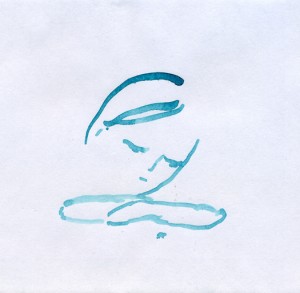Studio Tour November 2019
Hello Friends!
As 2019 comes to a close, I want to share a video of what’s been happening in my studio recently. I like to do this from time to time because I think it’s helpful to see what other artists are up to in their practice.
I also think it’s helpful to take a moment to pause and take stock of everything that has happened in a year. You may be surprised about how all of those little moments of art making even in 15 minutes increments of studio time here and there can really add up!
As we begin to turn into a new year, I encourage you to take some time to reflect on your studio journey this year. What went well? What did you struggle with? What new things did you learn? And what does taking stock of the past bring up for you? Does it inspire something for the coming year?
I invite you to share your reflections with everyone in the comments section below. Community is one of the most important things we build as artists and is what helps us through the tough or slow times. I love hearing from you on how this forum adds to your practice and how I can continue to support you.
And if you are looking for more studio tips and guidance over the winter break, head on over to my Youtube channel. We have quite the community growing there, too!
All my best,
Michele
Leave a Comment
Some Thoughts on Success: Is That All There Is?
Today I’m bringing back a post from my archive that explores why we may feel dissatisfied when we reach goals or achieve success, and how to find validation in the present moment. Enjoy!
A dear artist friend of mine recently finished a major commission. (SO excited for her and proud of her!) However, she mentioned she’s feeling a little let down after all the hard work she put in to get it finished on a tight deadline. She’s left with that feeling: Is that it?
It reminded me of a story I heard about an artist who achieved the distinction and recognition of being included in the Whitney biennial in her early 20s- an achievement that many contemporary American artists covet and aspire to. And yet, as she was riding the bus after the opening and she described an empty feeling and a similar thought. So that was it?
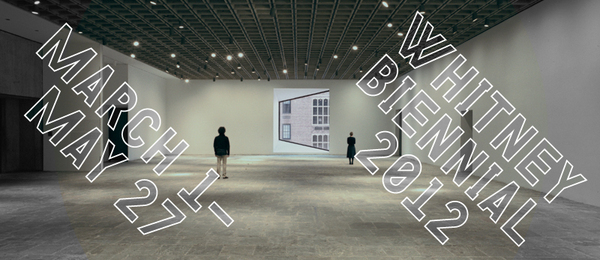
(Depending on where you are right now with your career you may be saying to yourself, If only I had such problems!)
But this kind of post-event let down brings up a question all of us face: Why are we doing this stuff in the first place? Because I’m sure many of you, like me, have these benchmarks – things we want to achieve because we think we’ll feel better when we get them.
I’ll be really happy when…
I get in that gallery.
Someone buys my work.
I get in the Whitney Biennial.
We might get so caught up in reaching that goal, completing a body of work or preparing for an exhibition that we forgot to feel happy with where we are right here and now. We may neglect to appreciate the present moment and our current situation.
I know in my own life I have had different dreams for my art. For instance, when I was in my 20s I always wanted to travel abroad for my art and have shows in different countries. I dreamed of exhibiting my work in museums. Now that I’ve achieved these things I want even bigger things. I want to be in bigger museums and better known venues. I compare myself to others who have achieved things I have not and I forget to appreciate all that I have created and all that I have achieved. This isn’t good enough. What’s next?
There are always things to appreciate no matter where you are in your career. It’s great to always be looking forward and to have big dreams visions and goals to help us move forward.
But actually the true joy and excitement is in the day-to-day!
We live only in the present moment.
Honestly, nothing else exists. Everything else is just dreams (the future) or memories (the past).
We got in this racket to enjoy the creative ride!
Every dream or goal is to inspire some kind of fun action that we can savor while we are in the moment.
Moment by moment by moment.
Contrary to popular myth it’s not about some kind of arrival, some pinnacle, some accomplishment.
Think for a moment about all the unfulfilled dreams and wishes you have currently for your creative or professional life. Now ponder what exactly is it that you hope you will feel when you’ve achieved this dream? Will you feel more successful? Will you feel happier because you’ll feel validated as an artist? Will you feel better when your work is recognized? Or that other people will take you more seriously as an artist?
Is there a way you can validate yourself right now? How can you appreciate or recognize yourself as you are in your current state?
Now, pause to savor this very moment. Breathe deeply. Feel your body against the chair, hear the hum of your computer. Receive the sounds around you near and far. The drip of the faucet, a bird, the neighbor’s thumping bass? Notice the colors and textures in your vicinity. Close your eyes and allow a faint smile to lighten your lips. Can you keep breathing and relaxing until you can touch on the exquisiteness and the preciousness of this present moment?
I’d love it if you’d share in the comments below something small (or big!) that you treasure and cherish in your current life. Be it the fact that you are blessed to have a box full of art supplies to make your work, or the fact that you have a space to work in or the fact that you have these gifts or skills or you have a family member or a friend or a teacher who is supportive of your endeavors.
Isn’t it wonderful that I have this connection to my creativity?
How great it is that I have had ideas and new ones keep flowing through me!
Isn’t it sweet that I am reading this article because I’m committed to supporting myself mentally, emotionally spiritually as a creative person?
Whatever it is, I invite you to appreciate that now and do not let go of your dreams!
Leave a Comment
What’s So Great About Perfect?
Just what exactly is “perfect” and where do we formulate our notion of “perfection”?
I believe that perfectionism is the root of many an artist’s block.
I’ll never be good enough.
If I can’t do it as well as ____________, why try?
I’m not sure my idea is worthwhile.
What if I fail?
My project could never reach the beauty and perfection of the idea in my head.
We often talk ourselves out of doing something before we even get the chance to start.
I am reminded of something painter Agnes Martin once said:
“We cannot make anything perfectly but with inner contemplation of perfection, we can suggest it.”
I made this video because I’d like to invite you to pick up the reins of a project or piece that is waiting in the wings for the perfect time, the perfect place, materials, amount of money, the perfection of your skills, or whatever notion of perfection is preventing you from diving in.
See what happens.
And let us know, OK?
Leave a Comment
Art & Meditation: Creating A Daily Practice
In this post, I’m continuing our exploration of how artists can use meditation as a
tool to improve their studio practice. You can read more in Part I and Part 2.
Recently I was asked, what is the difference between mindfulness and meditation? While mindfulness is being aware in the present moment, meditation is the means to cultivate mindfulness. It takes practice – just like learning to tie your shoelaces. When you were small, you may have struggled quite some time to learn this. But now you do it so effortlessly, you scarcely know the steps.
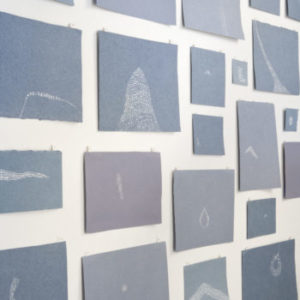
This daily practice of sitting in meditation can also be applied to sitting to make art. Picasso used to say, “Inspiration exists, but it must find you well placed at your work.” To me, “well placed” means showing up regularly to the studio, without fail, even if I’m feeling some resistance to the idea. Because the first ten minutes of work is always the hardest. Once you get going, the work carries you.
You know that feeling when you first wake up? When your thinking is clear and your mind is calm? Many people tell me that is when they have their best creative thinking. I know it’s true for me. When I have a challenging project before me, I like to devote at least 25 minutes on it when I first wake up following my meditation time. Some people get that fresh mind from taking a shower. I think that’s why many people say they get their best ideas in the shower. I think it’s similar to meditation. Your body is washed clean and with it, your thoughts. You’re relaxed, you are not trying to think of anything in particular or do anything else. Your mind becomes clear. Ideas flow in.
Meditation can give you that “fresh mind” any time of the day, no water required. I call meditation a superhighway to new ideas and solutions. When you slow thoughts, observe thoughts, your mind can open to its higher centers of creative thinking.
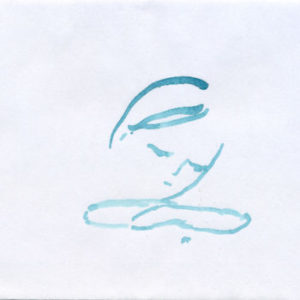
I have found that many artists struggle to find consistency in their creative practice. The first thing I recommend is setting aside 15 minutes to make art. Daily. I find that even the busiest people who truly want to make art can find 15 minutes a day. Consistency is key. Because your body, your mind, your heart and your soul get used to that time. It’s as if you were ready for it. The more you do it, the more ready you are.
The benefit of being consistent is that you find your mind is actually working on your art at other times, in the background, while you are doing other things. The creative problem-solving continues even when you are not actually in the studio.
Here are some things to consider to help you get started:
- Think about your mornings. Is there a way to carve out an extra 15 min to write/paint/draw before you walk out the door to work? I like to have my tea while I draw sometimes.
- What about lunch time? Can you keep some simple supplies such as paper, pens and markers at work for 15 minutes of drawing time during your break?
- What about your evening? After dinner, can you take fifteen minutes alone to draw, sketch, or scribble some ideas?
- No matter what time of day you choose, set a timer. Fifteen minutes goes by quick, and you may be surprised about what happens in a short, focused period of time.
- Create space. Consistency is easier if you have a place to work and have what you need. Whether it’s a corner of your desk with a jar of pencils or an entire room, make sure you have a place to create with your supplies close by.
How do you make time in your busy life for your art? What challenges do you face to building a daily habit? I invite you to share some of your questions or challenges, or your routines and habits that work in the comments section below.
Leave a Comment
The Importance of Empty Time
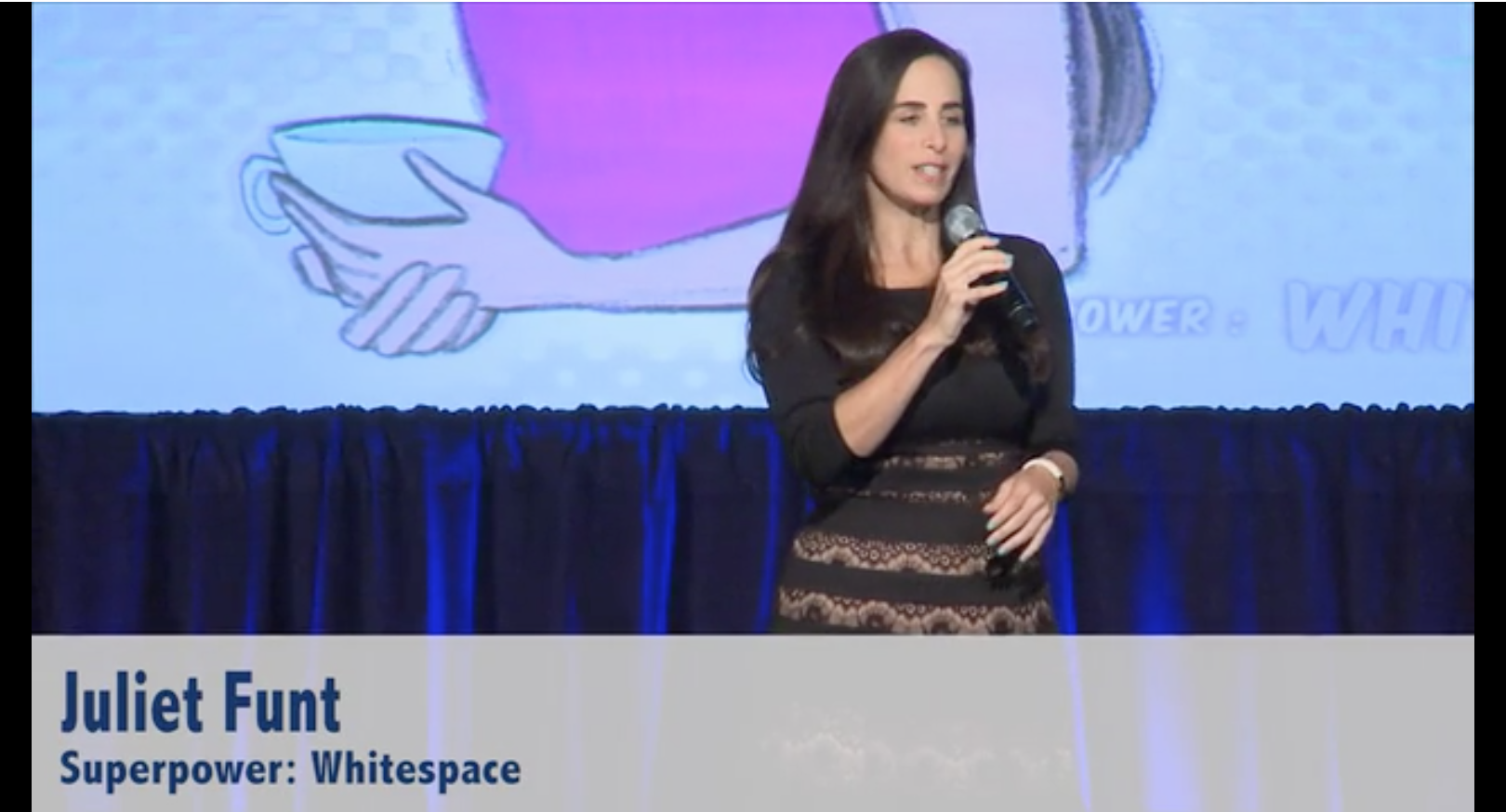 I have been getting so much out of this talk a reader from the Netherlands shared with me. I must have watched it a least 5 times in the past few weeks!
I have been getting so much out of this talk a reader from the Netherlands shared with me. I must have watched it a least 5 times in the past few weeks!
It’s all about the stuff we mindful artists love – using awareness to live a more happy, productive and fulfilled life.
Juliet Funt teaches us about the power of “Whitespace.”
Sounds familiar, doesn’t it? If you have studied art at all you know about the importance of what we call in art “negative space” – that space which surrounds an object or image that is essential to balance the composition. This is the same principle applied to our time.
She defines Whitespace as “the moments in our life which we allow to remain unfilled and ready for what might come.”
We all understand what it’s like to live in this over-stimulating society. We are bombarded by information, overloaded with work and responsibilities, appointments and obligations. We’ve become more and more accustomed to our time constantly being filled. How many of you check your voice email or text messages while waiting in line at the post office, supermarket or bank?
We’ve become more and more accustomed to our time constantly being filled.
How many of you can remember the last time you were bored?
When I first got a smartphone I loved how “efficient” it made me. I coud regain all that previously “lost” time and get more work done, so later I could have more time to make art, clean my kitchen, call my mom, pay bills, etc. Does anyone else use the time waiting in line at the post office, supermarket or bank to check your voice email or text messages?
But it gets to be too much, doesn’t it? After a while, the constant activity and stimulation become draining.
We just want some quiet.
Sometimes now when I have to wait, I instead choose to look at my surroundings, the people, the architecture, the sky, the weather or just reflect on things I have to be happy about or things to appreciate.
But it takes concerted effort to stave off low-value activity
According to Ms. Funt, “This loss of time with no assignment comes at hefty, hefty costs to our life and work.”
Juliet is an engaging, skilful, and entertaining speaker. Although I couldn’t embed her video here, I encourage you to click to watch the full 22-minute talk.
Some of the gems I gleaned are the Four Thieves of Productivity. Each of these qualities are desirable innately but can become destructive when they “overgrow their pots.”
- Drive
- Excellence
- Information
- Activity
And I’ve found these questions an enormously supportive tool to counteract these “thieves.”
Whitespace simplification questions:
- Is there anything I can let go of?
- Where is “good enough” good enough?
- What do I truly need to know?
- What deserves my attention?
So how about you? Which of the thieves of productivity do you most identify with?
http://superheroyou.com/conference-2016/juliet-funt/
Leave a Comment

